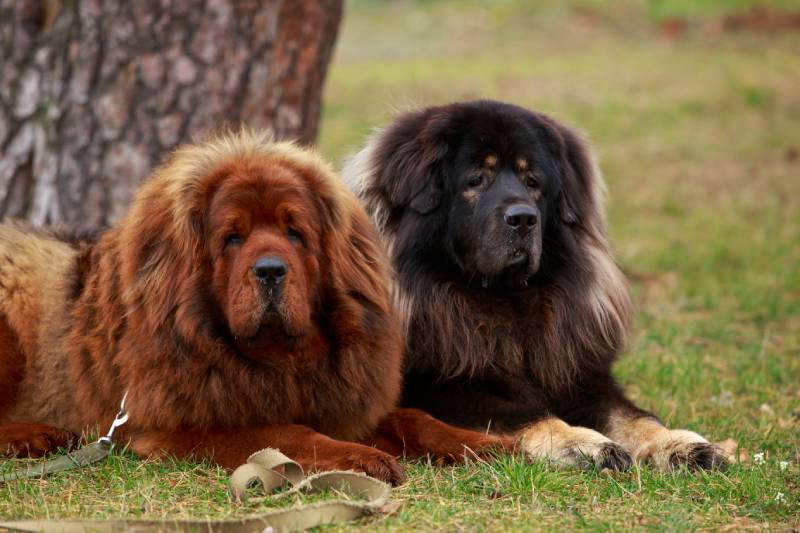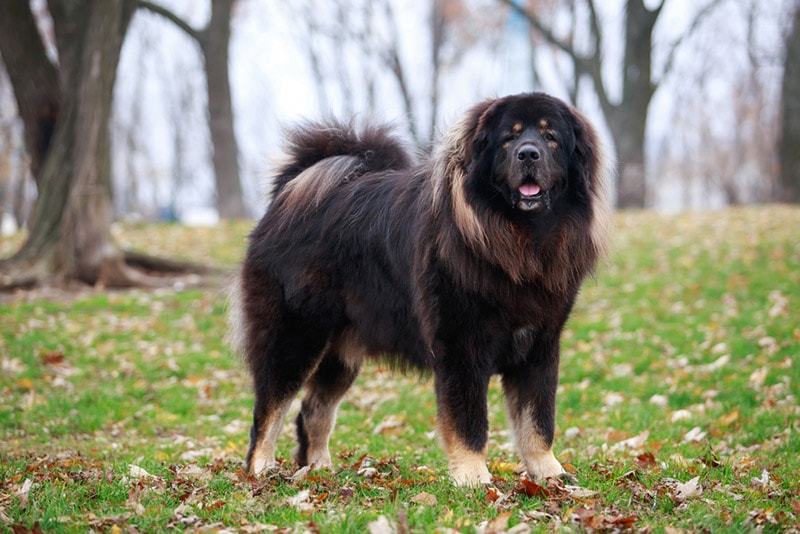What Dog Breed Is Santa’s Little Helper From the Simpsons? Dog Lore!

Updated on
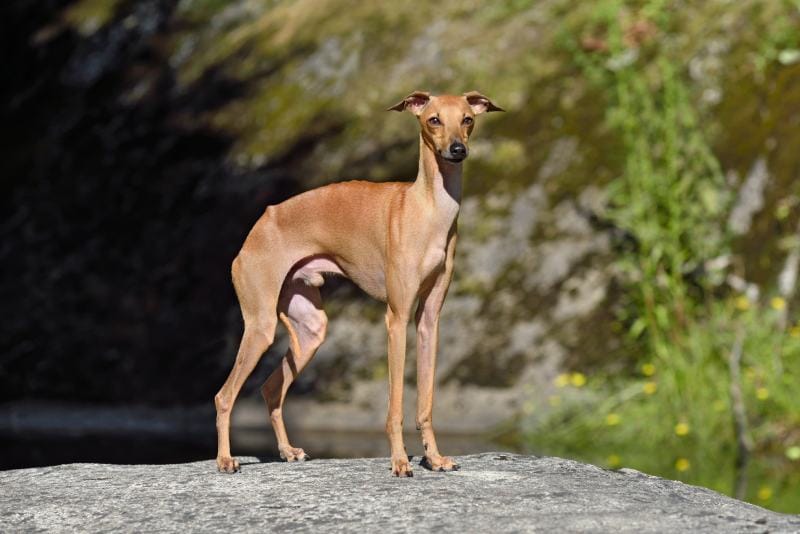
Santa’s Little Helper from the Simpsons is an interesting, animated character that has raised quite a debate among dog lovers. Is it a Whippet, Sloughi, Greyhound, or Lurcher?
While these dog breeds look somewhat alike, this little brown pet adopted by Homer and Bart is a two-year-old male Greyhound. Dive in for detailed breed information about this dog from the show “The Simpsons.”
Who Is Santa’s Little Helper?
The dog’s first appearance was in the 1989 Christmas special episode. Homer and his son Bart adopted it because it was abandoned by its owner for underperforming in a Greyhound race.
Santa’s Little Helper portrays an interesting mix of traits and constantly shifts from being sweet, affectionate, and loyal to being disobedient, destructive, and stubborn. If you find these characteristics intriguing and you are curious about what it’s like living with a Greyhound, this post is for you.
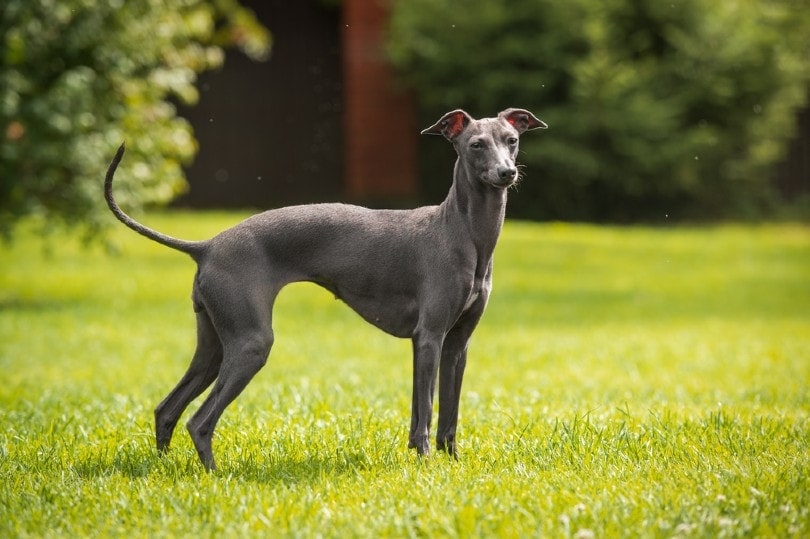
History of the Greyhound
The Greyhound is an ancient dog breed that has been around for over 8,000 years. Although the origins of its name are murky, many suggest that it’s derived from Old English, “grei hundr”, meaning dog hunter. Greyhounds are also associated with royalty, some claiming they are the breed seen in ancient Egyptian artifacts.
What is beyond debate is that Greyhounds are hunting dogs that don’t need to break a sweat to outrun their prey. Their streamlined bodies are designed for speed and easy maneuvers when hunting. This also explains the breed’s high prey drive. Through years of domestication, Greyhounds have grown to become highly intelligent and affectionate furry companions.
A General Overview of the Greyhound
Appearance
Greyhounds possess sleek, graceful, athletic bodies designed to reach top speeds in mere seconds. They are naturally slim and should have a slender waistline and two to three visible ribs. Because the breed has virtually no body fat, you should offer soft, comfy bedding and pet clothing during colder months.
Greyhounds have short, glossy coats that are easy to maintain. Although they are called “grey” hounds, coat colors range from gray, red, blue, black, white, and fawn. Some have multi-colored coats of particolor or brindle (tiger stripes), with the latter being the rarest.
Other distinct features include a long face and rose ears that fold flat against the long neck when the dog is relaxed. When alert, the ears stand erect, giving the dog a somewhat expressive look. The deep chest, narrow waist, and slightly arched loin give Greyhounds a distinctive athletic appearance.

Temperament
Greyhounds have moderate attention needs and are happier in less busy homes where they are guaranteed to enjoy hours of silence and tranquility. While they are pro sprinters and love to chase, they don’t mind snoozing away for most of the day. Still, every dog is an individual, and some learn to adapt to busy homes with other pets and older kids.
As a non-aggressive breed, you can trust Greyhounds to tolerate your kids and other pets. However, they also have a quiet disposition and will likely growl or walk away once they can no longer stand their annoyance.
Greyhounds love attention from family members but are also highly independent and less prone to separation anxiety. They also tend to be timid and shy around strangers, making it crucial to provide plenty of socialization opportunities.
Grooming
Greyhounds are high shedders and tend to shed even more in spring and autumn. It would help if you brushed their short, glossy coats daily to reduce the amount of fur that ends up in your living spaces. Fortunately, bathing them twice a month is adequate because their short hairs don’t trap that foul “doggy smell.”
Although Greyhounds are a relatively healthy breed, they are susceptible to dental problems. They are picky eaters and mainly enjoy raw 4-D meat, which is often packed with bacteria. It is vital to include regular teeth brushing in your grooming routines to prevent the growth of oral bacteria, plaque, and tartar.
Most importantly, talk to your vet about the recommended dental care for your Greyhound.
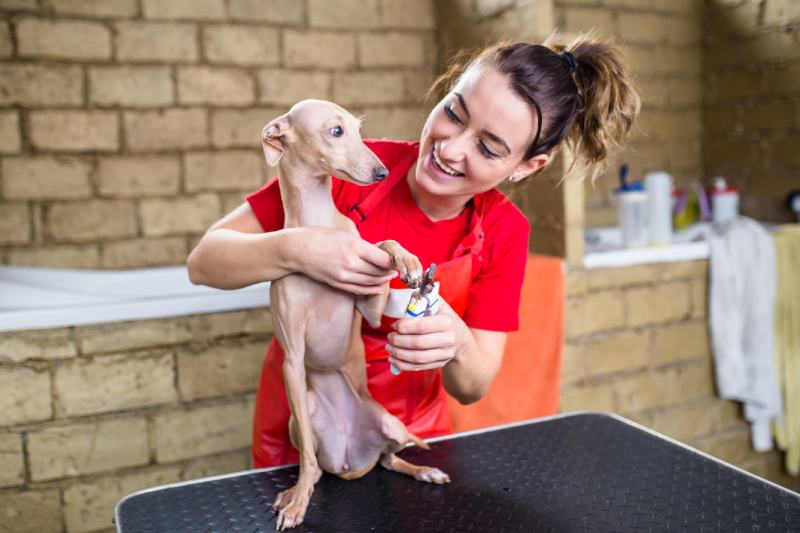
Training
Greyhounds are smart but stubborn. Training them can be a nightmare, especially if you lack a full understanding of their temperament. Unlike most dogs, they are “sight hounds” and are not interested in pursuing targets because of their scent. Instead, they only gain interest in targets they can see.
Moreover, Greyhounds are a coursing breed designed to make decisions independent of humans. Treating your pet as an equal is the best way to make training fruitful. Also, keep your lessons as short as possible and use a gentle approach and many edible incentives.
For training to work, you must be patient with your pet. You also need to beware of commands the breed will be less inclined to obey because of its structure. For instance, Greyhounds can sit, although they find this position uncomfortable because of their height, shape, and masculine hind legs. It’s better to give commands like “stop” or “lie down.”
Exercise Level
Greyhounds experience short energy bursts, making it crucial to provide shorter sessions of physical stimulation. For instance, you should break active walk sessions into two, each lasting at least 30 minutes.
Although Greyhounds don’t mind spending long hours snoozing on the couch, they have plenty of energy to expel daily. A proper exercise routine can help reduce destructive behavior like scratching and chewing valuable items.
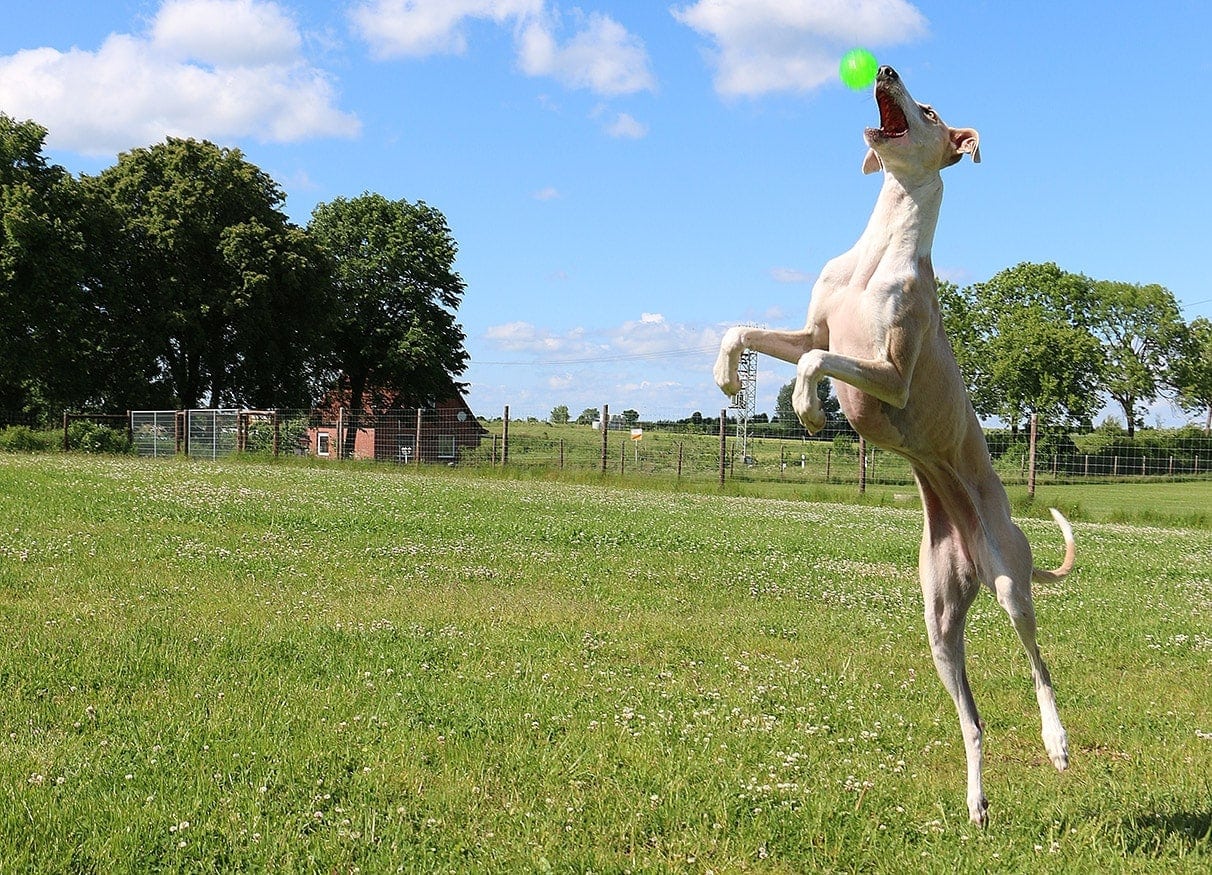
Health & Lifespan
Greyhounds are not as prone to hereditary conditions as most purebreds. However, they are susceptible to specific health issues mainly because of their structure and lifestyle.
- Periodontal disease
- Arthritis
- Intervertebral disc disease (IVDD)
- Osteosarcoma (bone cancer)
Irrespective of your dog’s lifestyle, it is essential to partner with a vet to ensure it enjoys the best health possible. With proper care, Greyhounds live relatively longer than most large dog breeds. They have an average lifespan of between eight to ten years.
Do Greyhounds Make Good Family Pets?
Greyhounds are a well-natured breed and make excellent family pets. They are intelligent, gentle, sweet, and calm and often get along well with kids and other pets. However, you should beware that as pack animals, they are happy to chase smaller pets, including cats, rabbits, and even your toy dog. They need proper training and socialization not to give in to the thrill of the chase.
Generally, Greyhounds are best suited for experienced pet parents because they are also curious, careless, and stubborn. Their independent nature often gets in the way of successful training, although you can motivate your pet to obey by using positive reinforcement.
If you are looking for a guard dog, there may be better pets to consider than Greyhounds. They seldom bark, are mainly unaggressive, and will gladly befriend any intruder who offers treats and a round of petting. On the bright side, they make exceptional jogging companions and are perfect for folks that love outdoor adventures.
Greyhounds are the champion sprinter of dogdom and can amaze you with their athletic abilities. They can also leave you in stitches as they desperately attempt to communicate. The breed is well known to show teeth to smile or vocalize by laughing, yodeling, whimpering, growling, and grumbling!
Final Thoughts
If you seek a gentle, laid-back furry companion with a notably wonderful personality, it’s safe to bet on a Greyhound. The breed offers exceptional pet therapy for being loyal and affectionate. It is also great with older kids and is generally quick to warm its way into the hearts of family members.
Like Santa’s Little Helper, your doggo can also manage to infuriate your entire household with destructive behavior. The best way to handle this nasty trait is to provide a daily dose of short intensive physical and mental stimulation. Just combine walks with 5- to 10-minute sessions of quick sprints!
Featured Image Credit: Natallia Yaumenenka, Shutterstock



